Getting Fit Expands Your Mind
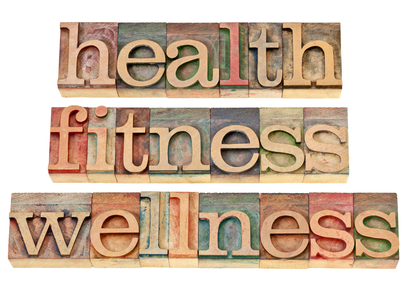 Getting fit expands your mind.
Getting fit expands your mind.
When you start a program to develop better habits, get out of pain, or whatever the case may be, one thing you probably don’t expect is how your mind transforms.
Health and fitness are elusive, multi-failure and hard to reach topics for the majority of people. You may have even thought at one point that it’s just not possible for YOU to achieve your goals right?
My first piece of advice is just take the first step. Then the next step and then the next. If you keep taking a step forward, you eventually arrive at your destination. It’s simple when you look at it like that, isn’t it?
It comes down to making the right choices at each meal, to exercise daily, to go to sleep on time, to drink water is how getting fit expands your mind.
When you start to build your confidence and see results around something you may have previously believed to be impossible, it’s incredible what areas of your life open up.
People grow courageous and start businesses because of their fitness results. From the confidence they build through fitness, women choose to do certain fitness adventures or events. Even previously un-athletic seniors pursue fitness careers because of their results and desires to pass that on to others.
So, whether you’re deep into your fitness journey or just thinking about getting started, know that if you keep your mind open, success in fitness shows you that anything is possible.
Fitness is empowerment to the core. you’ll see the possibilities by believing getting fit expands your mind.
Originally printed on Move Well Fitness blog. Reprinted with permission.
Maurice D. Williams is a personal trainer and owner of Move Well Fitness in Bethesda, MD. With almost two decades in the industry, he’s worked with a wide range of clients, including those with health challenges like diabetes, osteoporosis, multiple sclerosis, hypertension, coronary artery disease, lower back pain, pulmonary issues, and pregnancy. Maurice is also a fitness educator with Move Well Fit Academy and NASM.

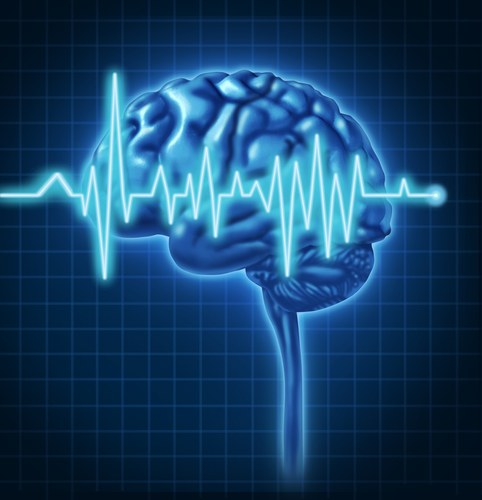
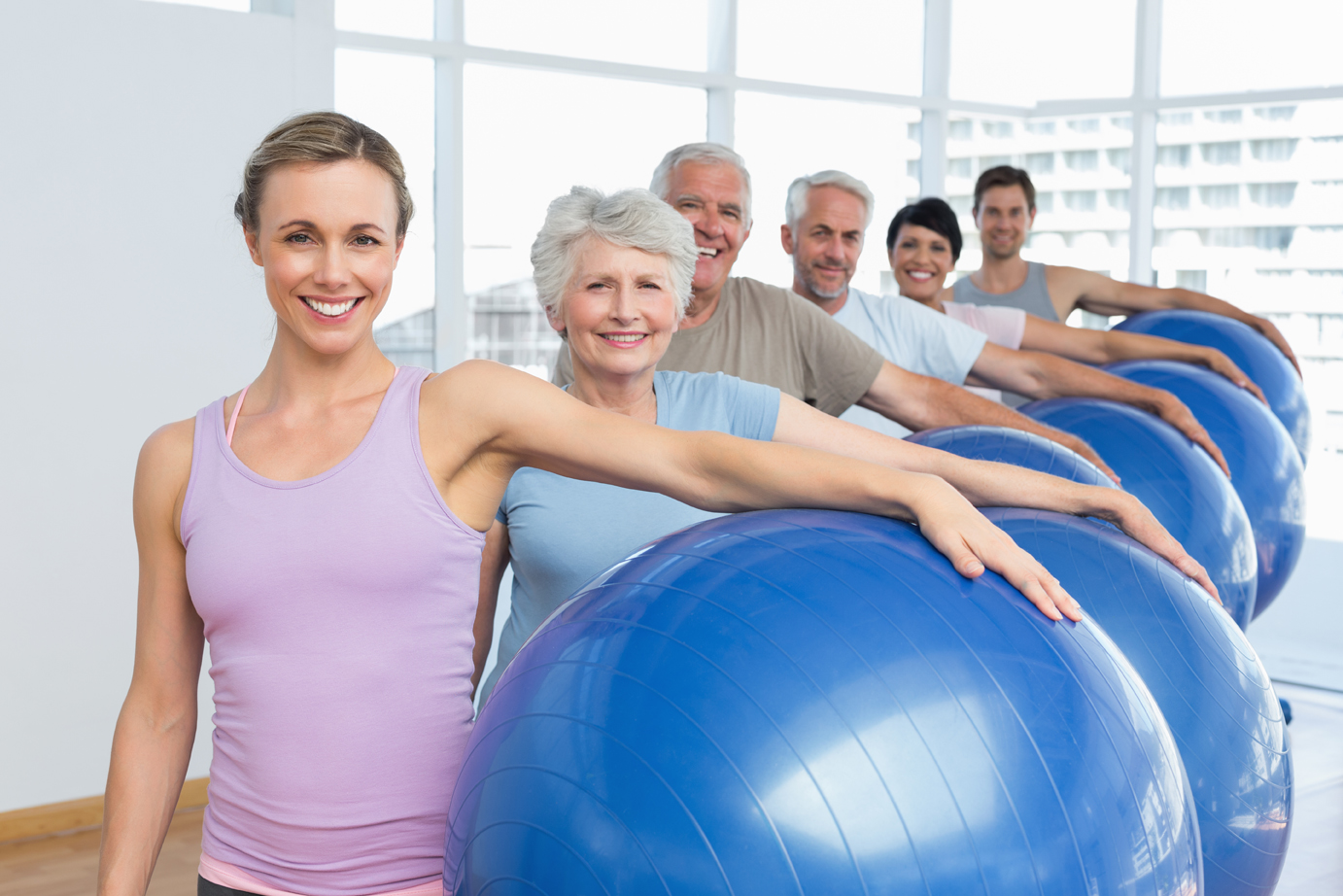
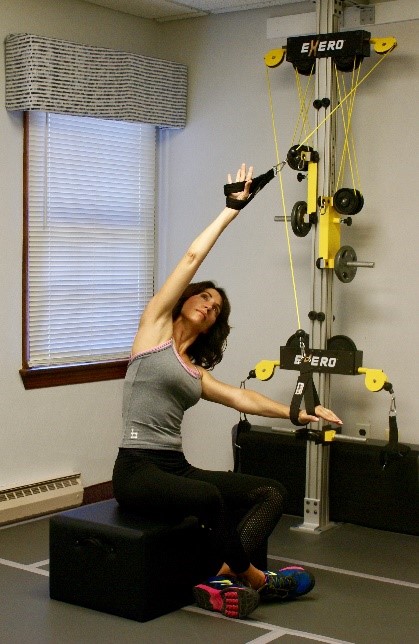 As fitness professionals, we know that exercise helps our clients to cope with stress. We are told that any type of exercise will help them to reduce stress levels. The problem with this way of thinking is that we do not look at stress from the same point of view as a chronic illness. In turn, you could be putting your clients at risk of developing illness’s. We know that stress can wreak havoc on the body but what can we do as fitness professionals?
As fitness professionals, we know that exercise helps our clients to cope with stress. We are told that any type of exercise will help them to reduce stress levels. The problem with this way of thinking is that we do not look at stress from the same point of view as a chronic illness. In turn, you could be putting your clients at risk of developing illness’s. We know that stress can wreak havoc on the body but what can we do as fitness professionals?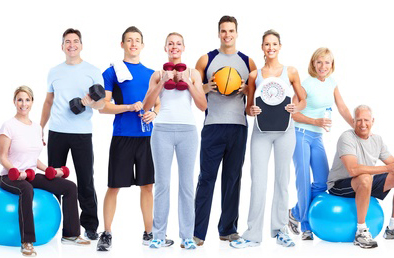
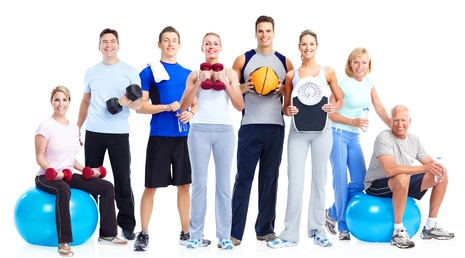 So, I’m going to focus more on five fitness myths busted that won’t be true anymore for you after today! First of all, let’s start with that famous phrase I’m sure you’ve heard before.
So, I’m going to focus more on five fitness myths busted that won’t be true anymore for you after today! First of all, let’s start with that famous phrase I’m sure you’ve heard before.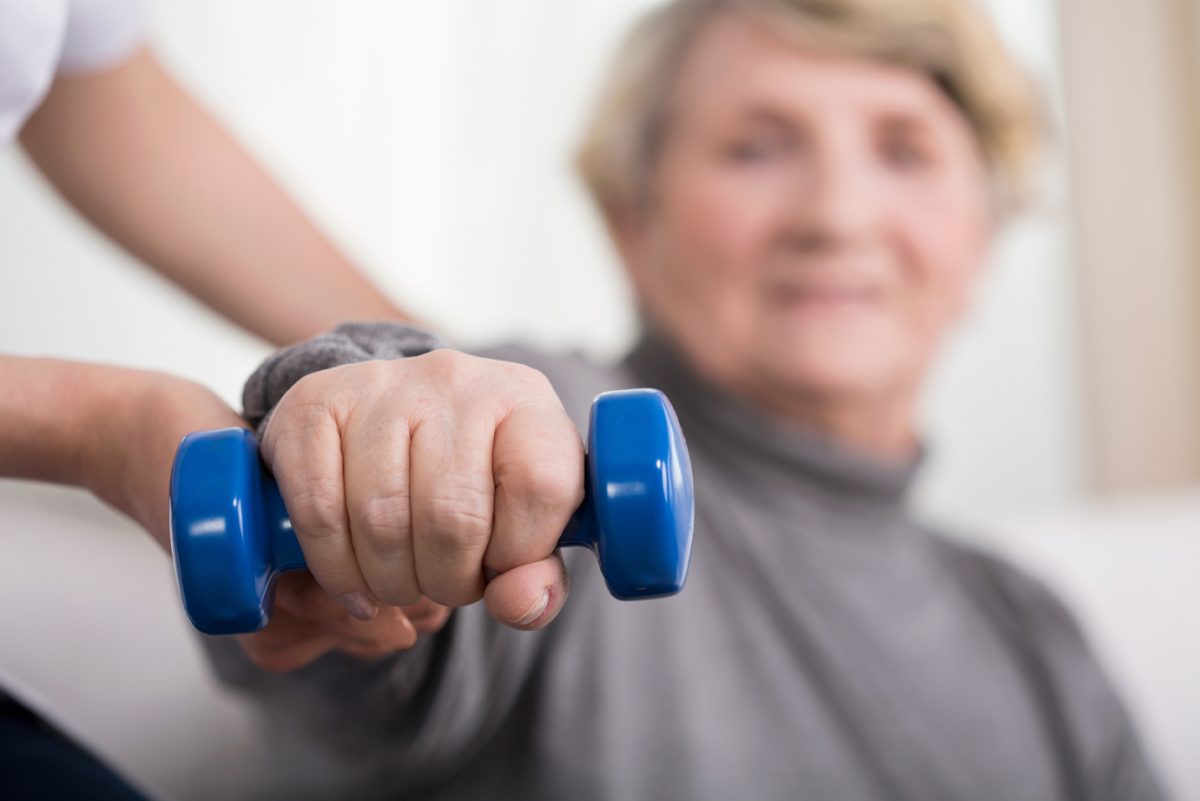
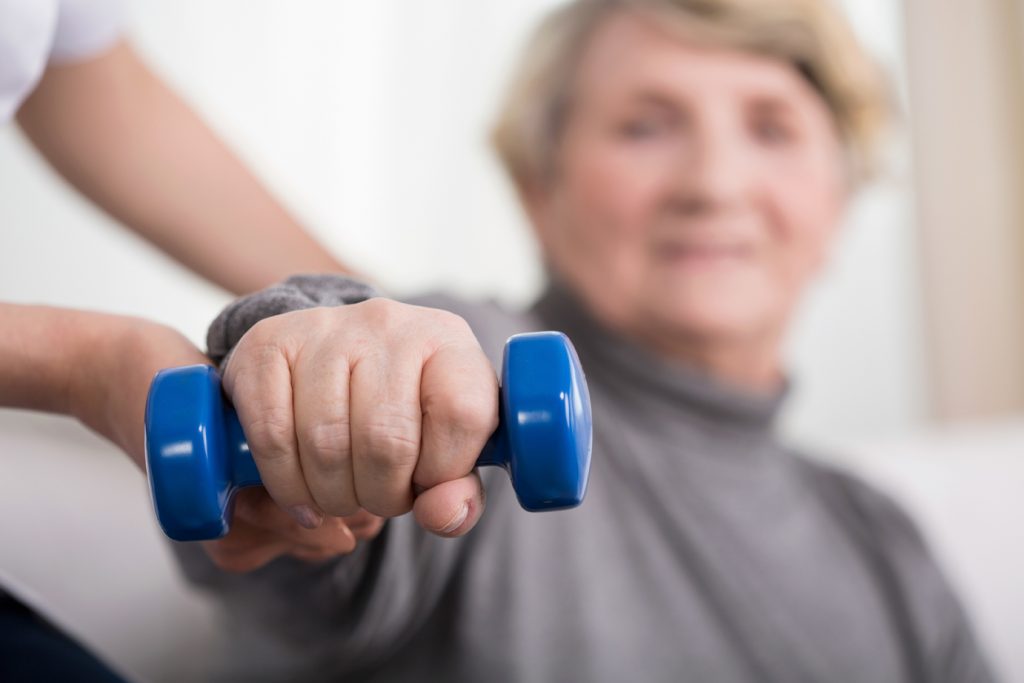 I would like to examine programming and execution in this article in order to enable and empower you to “take up the challenge” of becoming more than you ever thought possible through a well planned resistance training program that enhances your life through an acquired discipline, focus and commitment to your own health and well being. This process – (and it is a process) – continues throughout our lifetimes and rests on the foundation of a desire to consistently learn new things about ourselves. It is a process of expanding not only our own consciousness, skill and knowledge of our potential health and fitness futures – but also includes our developing ability to maintain such a process over time.
I would like to examine programming and execution in this article in order to enable and empower you to “take up the challenge” of becoming more than you ever thought possible through a well planned resistance training program that enhances your life through an acquired discipline, focus and commitment to your own health and well being. This process – (and it is a process) – continues throughout our lifetimes and rests on the foundation of a desire to consistently learn new things about ourselves. It is a process of expanding not only our own consciousness, skill and knowledge of our potential health and fitness futures – but also includes our developing ability to maintain such a process over time.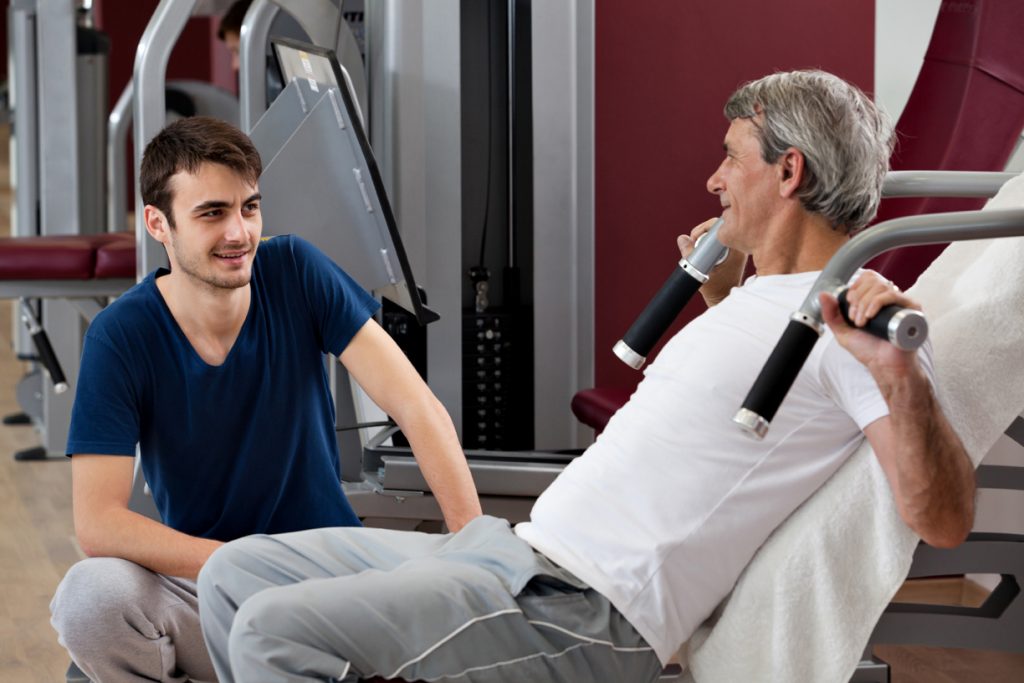
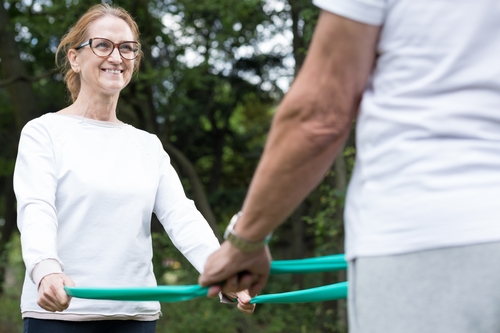
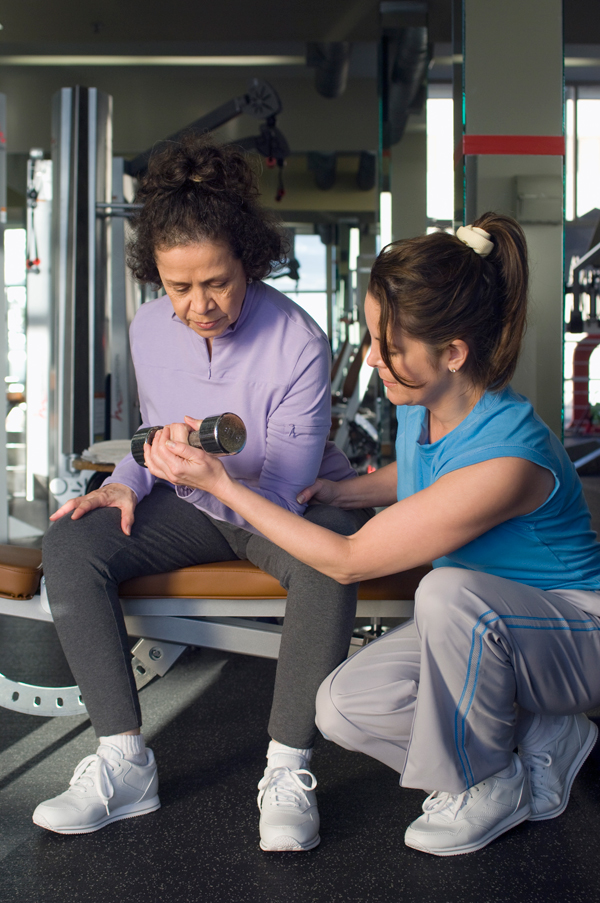 Scheduling time to work on building muscular strength and endurance is critical to a healthy and fit body. Your commitment to creating and maintaining your existing lean mass is VITAL so start with 2-3 days and build your program to suit your needs. Consider all your options (machines, free weights, body weight exercises etc.). Seek guidance from a fitness professional to assist you in planning your training especially if you lack proper training and experience – better “safe than sorry”!
Scheduling time to work on building muscular strength and endurance is critical to a healthy and fit body. Your commitment to creating and maintaining your existing lean mass is VITAL so start with 2-3 days and build your program to suit your needs. Consider all your options (machines, free weights, body weight exercises etc.). Seek guidance from a fitness professional to assist you in planning your training especially if you lack proper training and experience – better “safe than sorry”!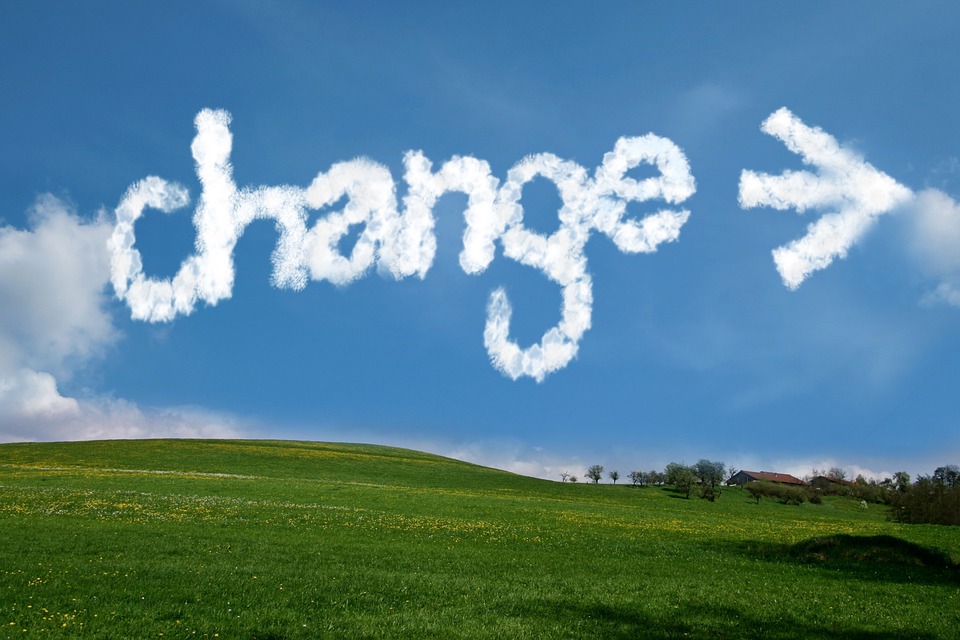

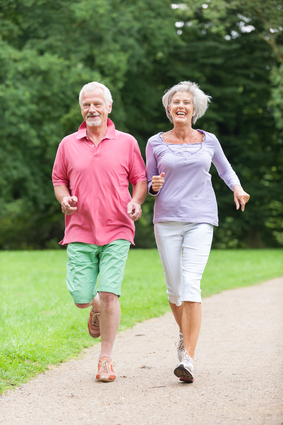 1. See your doctor regularly
1. See your doctor regularly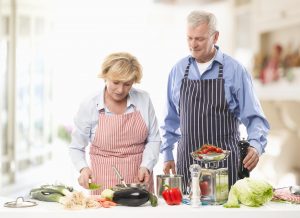 6. Keep track of what you’re eating.
6. Keep track of what you’re eating.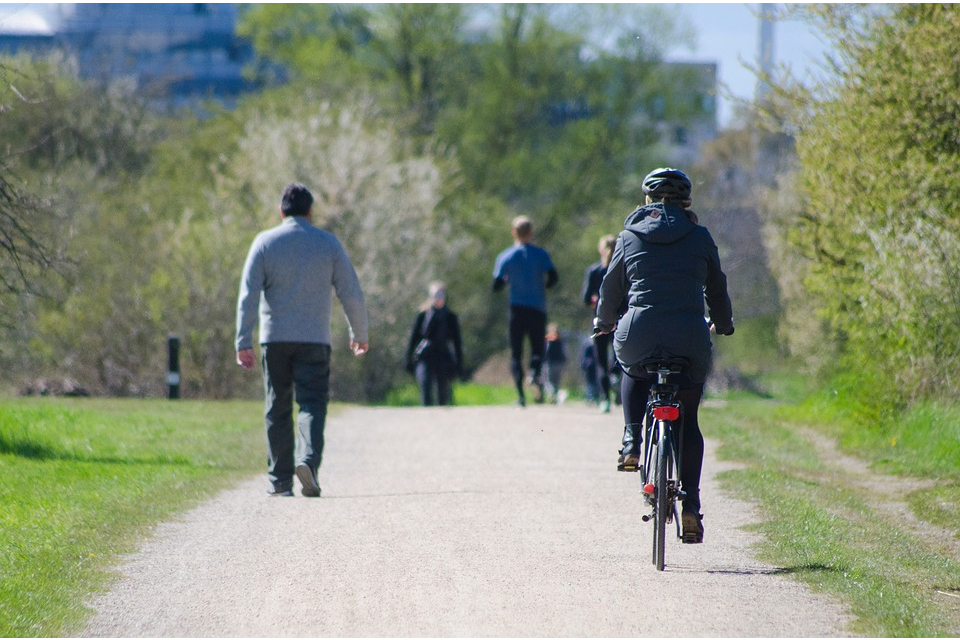
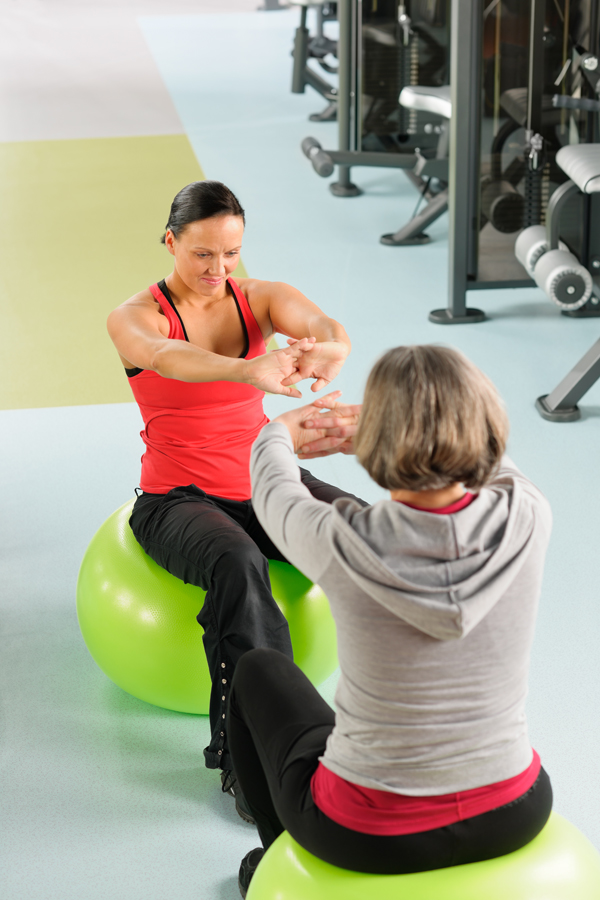 It’s well-known exercise plays a vital role in your physical health, and now studies propose staying fit in midlife may protect your brain as well, avoiding mental deterioration in later years.
It’s well-known exercise plays a vital role in your physical health, and now studies propose staying fit in midlife may protect your brain as well, avoiding mental deterioration in later years. Important to note, one’s fitness level is strongly linked to what you eat. People who are overweight as well as those who don’t eat healthfully, do not have the will, energy or capacity for regular exercise. When you eat right, you’re more likely to get fit; when you don’t eat right it is very difficult to get fit.
Important to note, one’s fitness level is strongly linked to what you eat. People who are overweight as well as those who don’t eat healthfully, do not have the will, energy or capacity for regular exercise. When you eat right, you’re more likely to get fit; when you don’t eat right it is very difficult to get fit.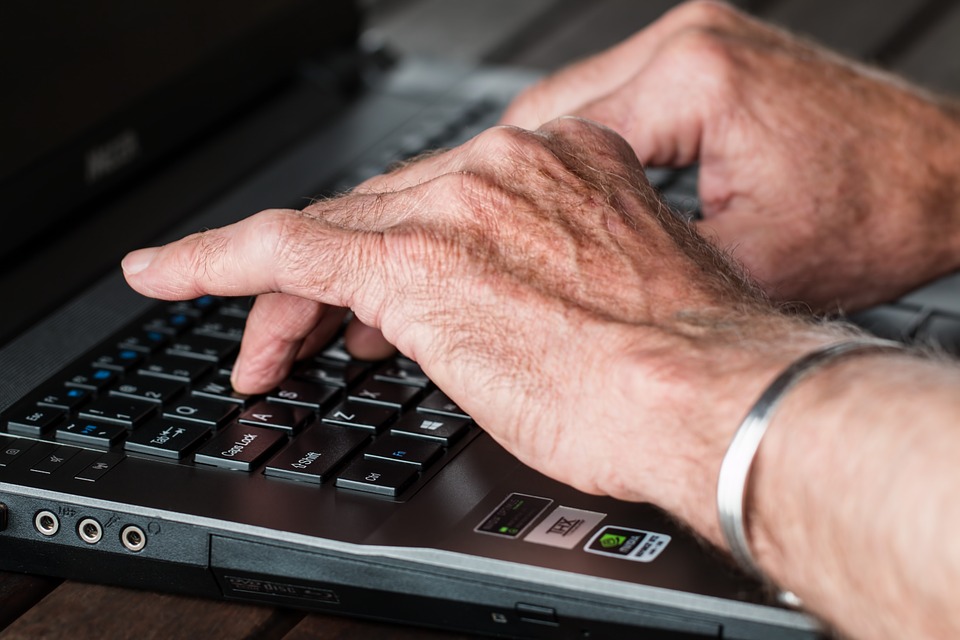
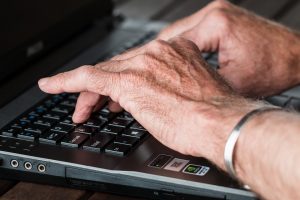 In examining this subject I have found myself wondering about the challenges that this complex issue of technology and its impact on our lives is having. The reality is that NO ONE really knows what the impact of technology and our way of life holds in store for any of us. We DO know there is going to be a “reckoning” and that if we remain seated and stressed then significantly negative consequences will surely emerge. These include ongoing chronic medical issues such as heart disease, diabetes, and mental disturbances of all kinds to name a few. Finally an unhealthy aging process where people of all ages will be treated for these and other conditions will become a daily part of life for families all over America.
In examining this subject I have found myself wondering about the challenges that this complex issue of technology and its impact on our lives is having. The reality is that NO ONE really knows what the impact of technology and our way of life holds in store for any of us. We DO know there is going to be a “reckoning” and that if we remain seated and stressed then significantly negative consequences will surely emerge. These include ongoing chronic medical issues such as heart disease, diabetes, and mental disturbances of all kinds to name a few. Finally an unhealthy aging process where people of all ages will be treated for these and other conditions will become a daily part of life for families all over America. From that moment on the world changed and with Steven Job’s invention of the cell phone a decade later the change became REAL and LASTING. We now live in a “seated world” where the only movement people get is when they get out their cars to do something that they CAN’T do from their cars. We line up at the drive through for banking, food and other services that keep us from walking. People even order at the drive through and now employees “walk” their order out to their cars. People SIT in their cars with the engine running eating their fries and burgers. I see this everyday also and it makes me wonder how their lives will turn out. Will they live lives of fulfillment and excitement and health or be in hospitals for “procedures” to keep them alive?
From that moment on the world changed and with Steven Job’s invention of the cell phone a decade later the change became REAL and LASTING. We now live in a “seated world” where the only movement people get is when they get out their cars to do something that they CAN’T do from their cars. We line up at the drive through for banking, food and other services that keep us from walking. People even order at the drive through and now employees “walk” their order out to their cars. People SIT in their cars with the engine running eating their fries and burgers. I see this everyday also and it makes me wonder how their lives will turn out. Will they live lives of fulfillment and excitement and health or be in hospitals for “procedures” to keep them alive?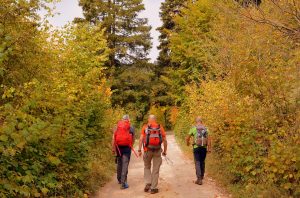 As my dear friend Edith Bird has said to me on numerous occasions: “Getting old is NOT for sissies”! Edith is 84 and works out four times a week doing cardio and weights and stretching. She has a wonderful soul and never makes excuses while being blessed with a wonderful heart and nature. I respect her and admire her. I tell her she is MY role model and we laugh and enjoy the time we spend together at the gym – and then we go our separate ways until the next time we see each other.
As my dear friend Edith Bird has said to me on numerous occasions: “Getting old is NOT for sissies”! Edith is 84 and works out four times a week doing cardio and weights and stretching. She has a wonderful soul and never makes excuses while being blessed with a wonderful heart and nature. I respect her and admire her. I tell her she is MY role model and we laugh and enjoy the time we spend together at the gym – and then we go our separate ways until the next time we see each other.